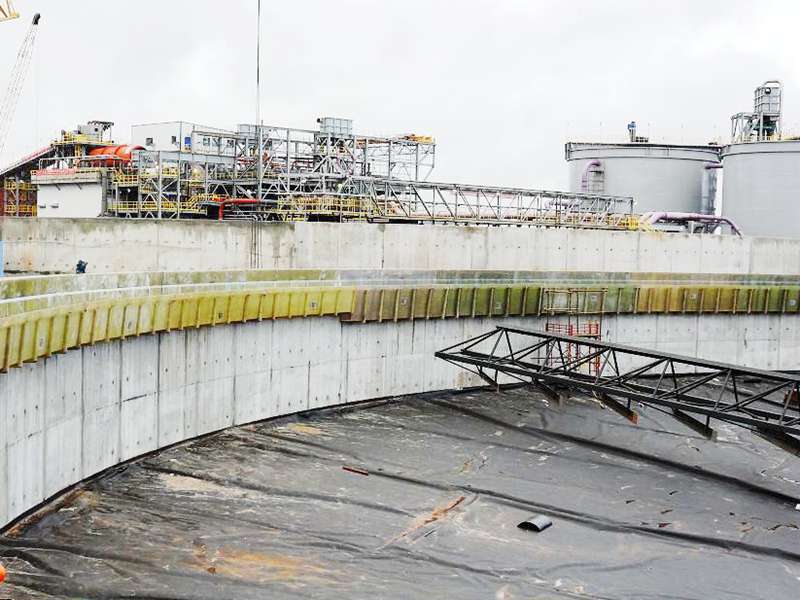
-
 Afrikaans
Afrikaans -
 Albanian
Albanian -
 Amharic
Amharic -
 Arabic
Arabic -
 Armenian
Armenian -
 Azerbaijani
Azerbaijani -
 Basque
Basque -
 Belarusian
Belarusian -
 Bengali
Bengali -
 Bosnian
Bosnian -
 Bulgarian
Bulgarian -
 Catalan
Catalan -
 Cebuano
Cebuano -
 China
China -
 China (Taiwan)
China (Taiwan) -
 Corsican
Corsican -
 Croatian
Croatian -
 Czech
Czech -
 Danish
Danish -
 Dutch
Dutch -
 English
English -
 Esperanto
Esperanto -
 Estonian
Estonian -
 Finnish
Finnish -
 French
French -
 Frisian
Frisian -
 Galician
Galician -
 Georgian
Georgian -
 German
German -
 Greek
Greek -
 Gujarati
Gujarati -
 Haitian Creole
Haitian Creole -
 hausa
hausa -
 hawaiian
hawaiian -
 Hebrew
Hebrew -
 Hindi
Hindi -
 Miao
Miao -
 Hungarian
Hungarian -
 Icelandic
Icelandic -
 igbo
igbo -
 Indonesian
Indonesian -
 irish
irish -
 Italian
Italian -
 Japanese
Japanese -
 Javanese
Javanese -
 Kannada
Kannada -
 kazakh
kazakh -
 Khmer
Khmer -
 Rwandese
Rwandese -
 Korean
Korean -
 Kurdish
Kurdish -
 Kyrgyz
Kyrgyz -
 Lao
Lao -
 Latin
Latin -
 Latvian
Latvian -
 Lithuanian
Lithuanian -
 Luxembourgish
Luxembourgish -
 Macedonian
Macedonian -
 Malgashi
Malgashi -
 Malay
Malay -
 Malayalam
Malayalam -
 Maltese
Maltese -
 Maori
Maori -
 Marathi
Marathi -
 Mongolian
Mongolian -
 Myanmar
Myanmar -
 Nepali
Nepali -
 Norwegian
Norwegian -
 Norwegian
Norwegian -
 Occitan
Occitan -
 Pashto
Pashto -
 Persian
Persian -
 Polish
Polish -
 Portuguese
Portuguese -
 Punjabi
Punjabi -
 Romanian
Romanian -
 Russian
Russian -
 Samoan
Samoan -
 Scottish Gaelic
Scottish Gaelic -
 Serbian
Serbian -
 Sesotho
Sesotho -
 Shona
Shona -
 Sindhi
Sindhi -
 Sinhala
Sinhala -
 Slovak
Slovak -
 Slovenian
Slovenian -
 Somali
Somali -
 Spanish
Spanish -
 Sundanese
Sundanese -
 Swahili
Swahili -
 Swedish
Swedish -
 Tagalog
Tagalog -
 Tajik
Tajik -
 Tamil
Tamil -
 Tatar
Tatar -
 Telugu
Telugu -
 Thai
Thai -
 Turkish
Turkish -
 Turkmen
Turkmen -
 Ukrainian
Ukrainian -
 Urdu
Urdu -
 Uighur
Uighur -
 Uzbek
Uzbek -
 Vietnamese
Vietnamese -
 Welsh
Welsh -
 Bantu
Bantu -
 Yiddish
Yiddish -
 Yoruba
Yoruba -
 Zulu
Zulu
frp hood
Understanding the Importance of FRP Hoods in Modern Applications
Fiber Reinforced Polymer (FRP) hoods have become an essential component in various industries due to their lightweight, durability, and resistance to corrosion. These hoods, made from a composite material that includes a polymer matrix reinforced with fibers—typically glass, carbon, or aramid—offer numerous advantages over traditional materials such as metal and plastic.
.
Another significant advantage of FRP hoods is their resistance to environmental factors. Unlike metal hoods, which can corrode over time when exposed to moisture and other corrosive elements, FRP hoods are inherently non-corrosive. This property makes them especially valuable in industries such as marine, chemical, and food processing, where exposure to harsh environments is common. With FRP hoods, companies can ensure longer service life and reduced maintenance costs, translating to significant savings over time.
frp hood

Moreover, FRP hoods are customizable, allowing manufacturers to design products that meet specific performance criteria and aesthetic preferences. The versatility of FRP materials enables a variety of finishes, colors, and designs, making them an attractive option for branding and promotional purposes. Businesses in sectors such as consumer electronics, where appearance and design play a critical role in consumer appeal, can leverage the aesthetic flexibility of FRP hoods to enhance their product offerings.
In addition to their physical properties, the manufacturing process for FRP hoods is also more sustainable compared to traditional materials. Many FRP composites can be produced with less energy and reduced waste, aligning with the growing demand for environmentally friendly production methods. As industries strive to meet sustainability targets, the adoption of FRP materials aligns with these goals, providing not just functional benefits but also contributing to responsible manufacturing practices.
Finally, FRP hoods are also being increasingly recognized for their safety characteristics. Their impact resistance can be superior to that of metal hoods, which can crumple upon impact, potentially posing safety hazards. In contrast, FRP hoods can absorb impact energy more effectively while maintaining their structural integrity, which is paramount in applications such as automotive design, where pedestrian safety is a consideration.
In conclusion, the rise of Fiber Reinforced Polymer hoods marks a significant evolution in materials engineering, offering numerous benefits that are reshaping various industries. With their lightweight nature, durability, resistance to corrosion, customizability, and sustainable production processes, FRP hoods have established themselves as a critical component in modern manufacturing. As technology continues to advance, the applications and advantages of FRP hoods are likely to expand even further, solidifying their place in the future of industrial design and production.









